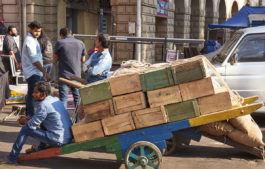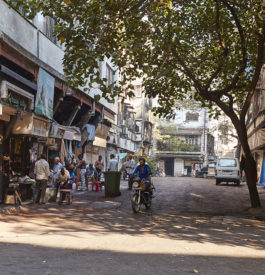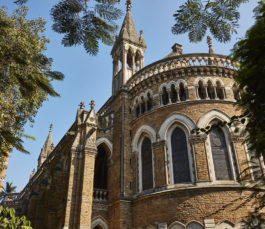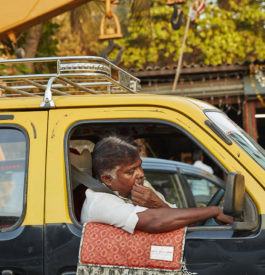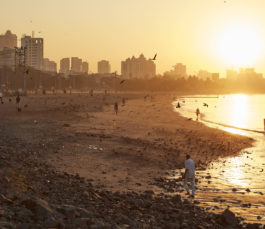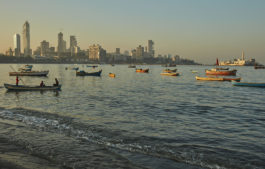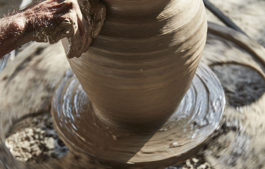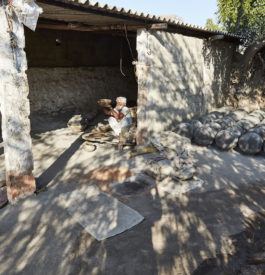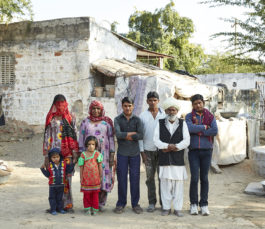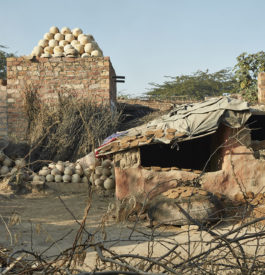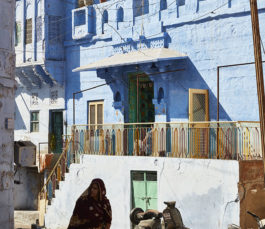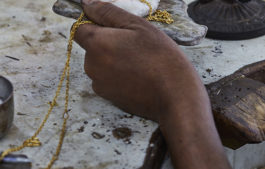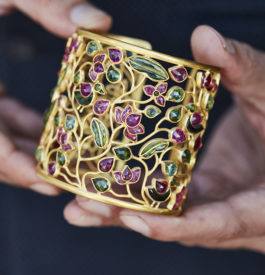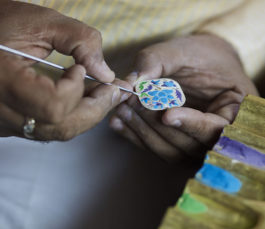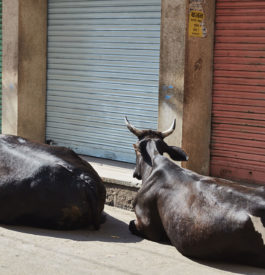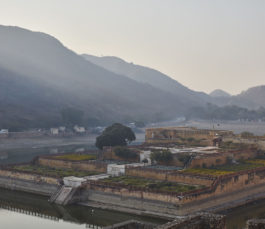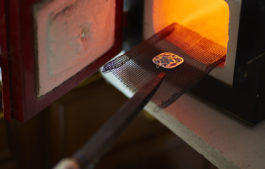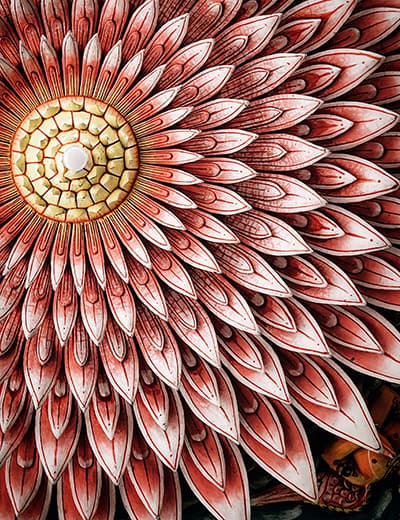
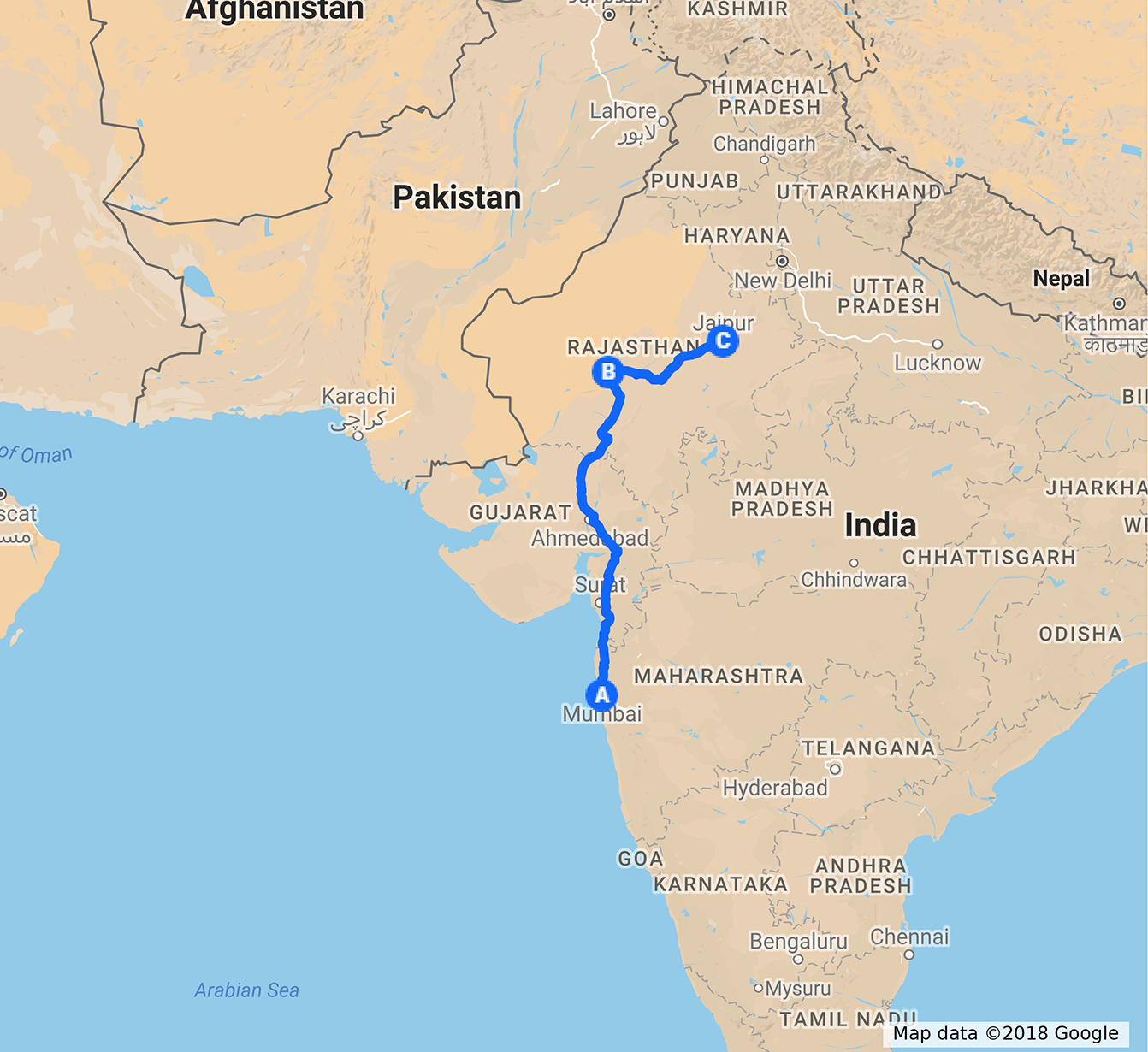
KAMALAN X HOLE AND CORNER, JANUARY 2017
PROMINENT THEMES
-
Arts
-
Crafts & Design

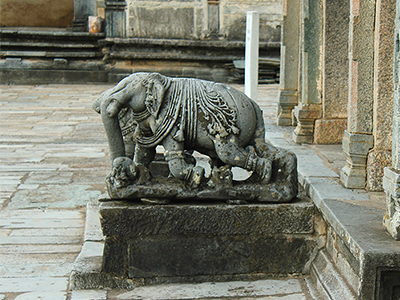
Where Stones Speak
This journey traces the legacies set in stone, of empires that ruled the Deccan across the classical and medieval periods of history...
Bespoke Journey • South India
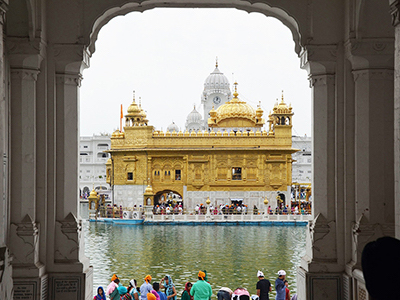
Journey of A Faith
A journey tracing the history and tenets of Sikhism, a religion born in the state of Punjab...
Bespoke Journey • North India
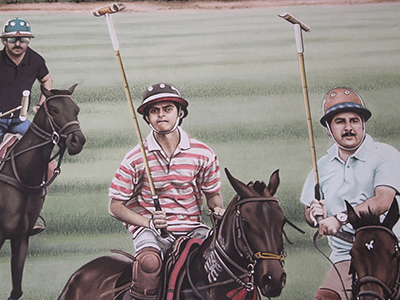
Polo, the game of kings
On the polo ground, two teams of four players on horseback rush in the direction of the wooden ball, jumping, flying, and whistling through the air...
Narrative • North India
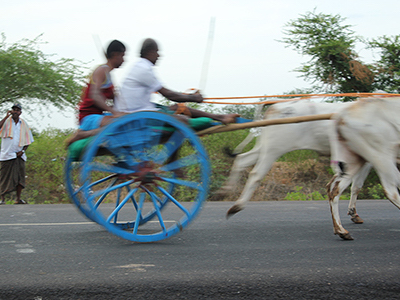
A Bullock Cart Race
In the land of sun-worshippers, dawn is a blessed time. It is advisable to start early and take a break during the hottest hours of the day...
Narrative • South India
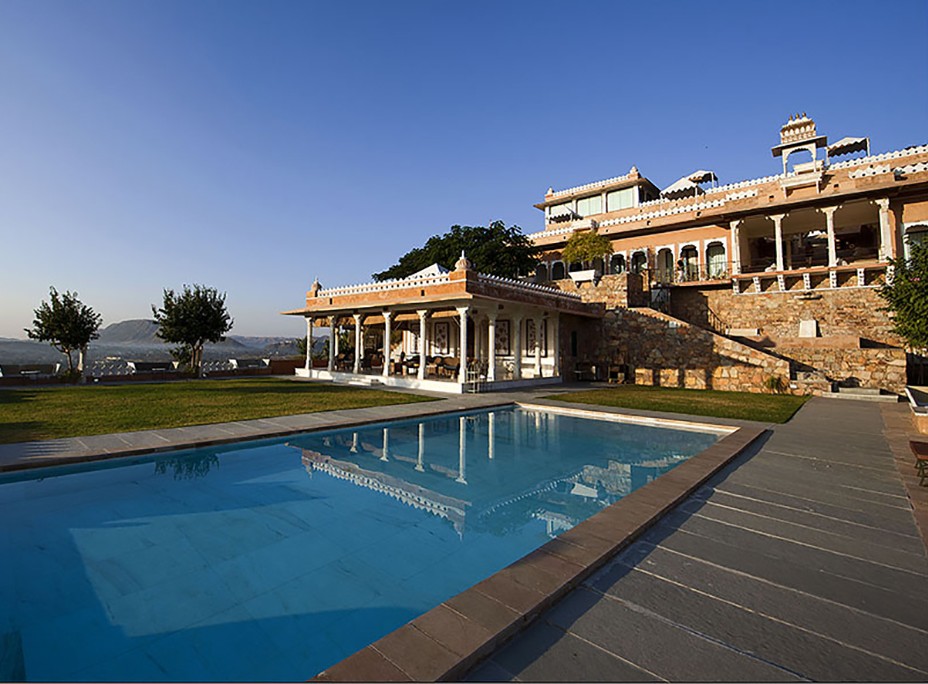
Fateh Garh
A luxury boutique hotel perched on the edge of the Aravalli hills that run through the city of lakes...
Hotel Guide • North India
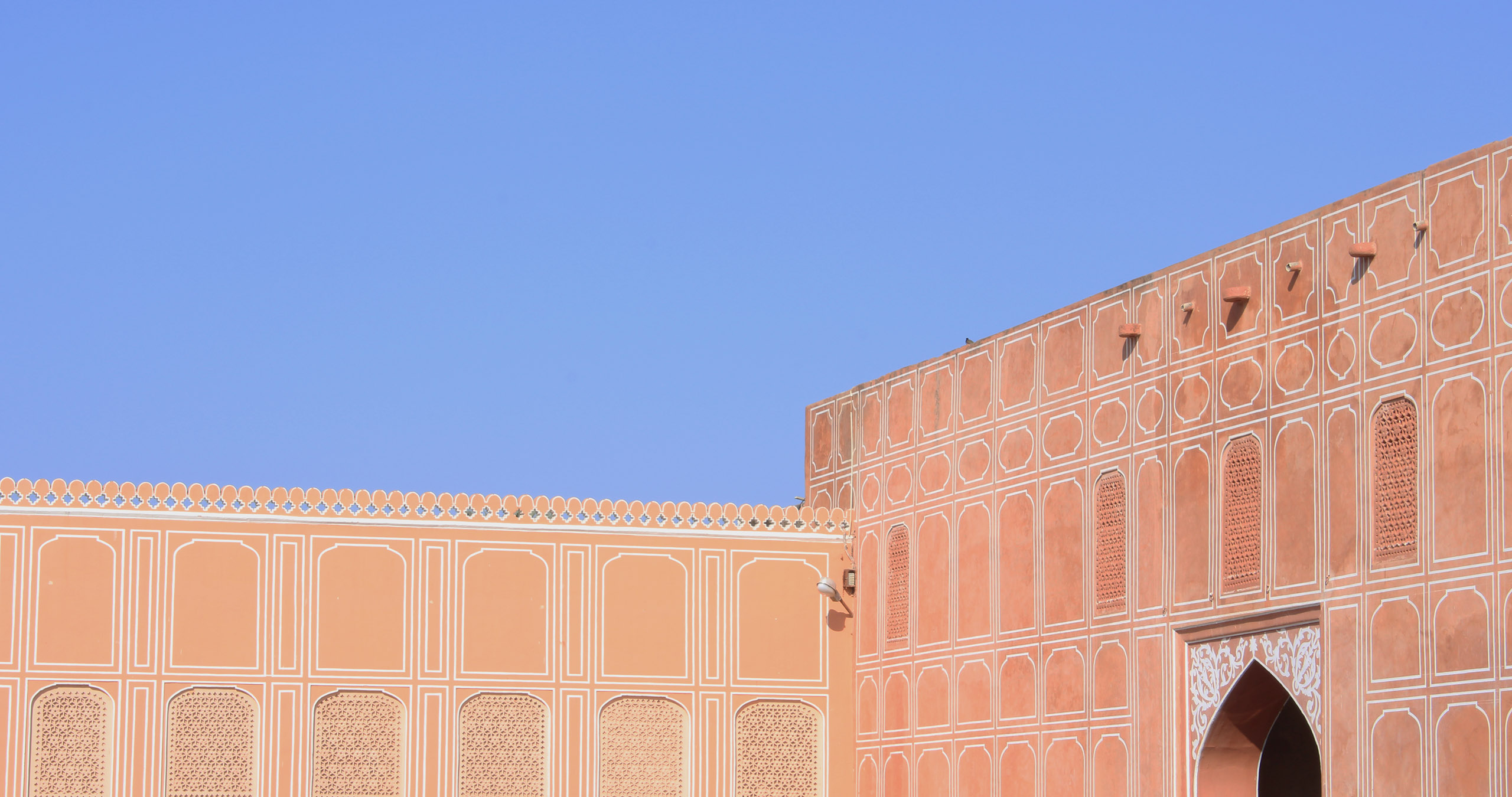
Light, Lines and Spaces
Delve into our journey with Cereal across Rajasthan and Agra, and discover heritage architecture through the lens of this magazine...
Behind-The-Scenes • North India







